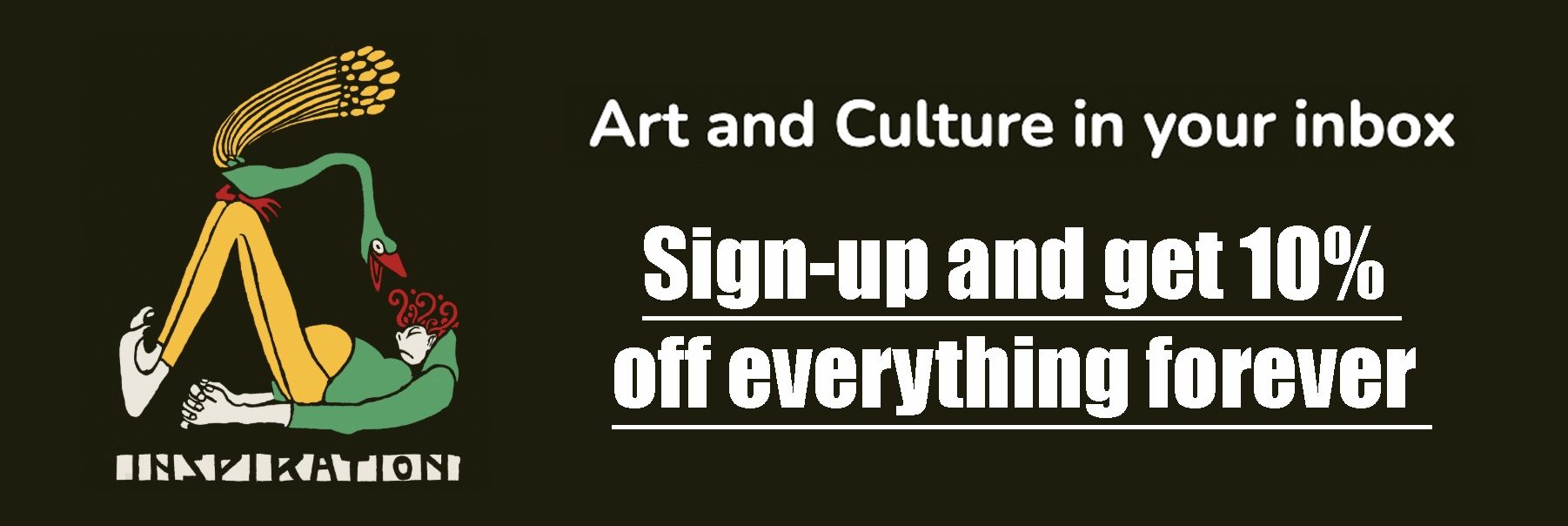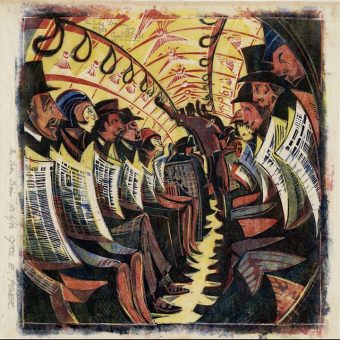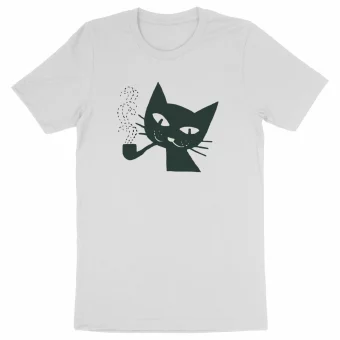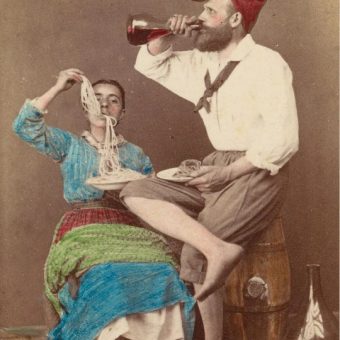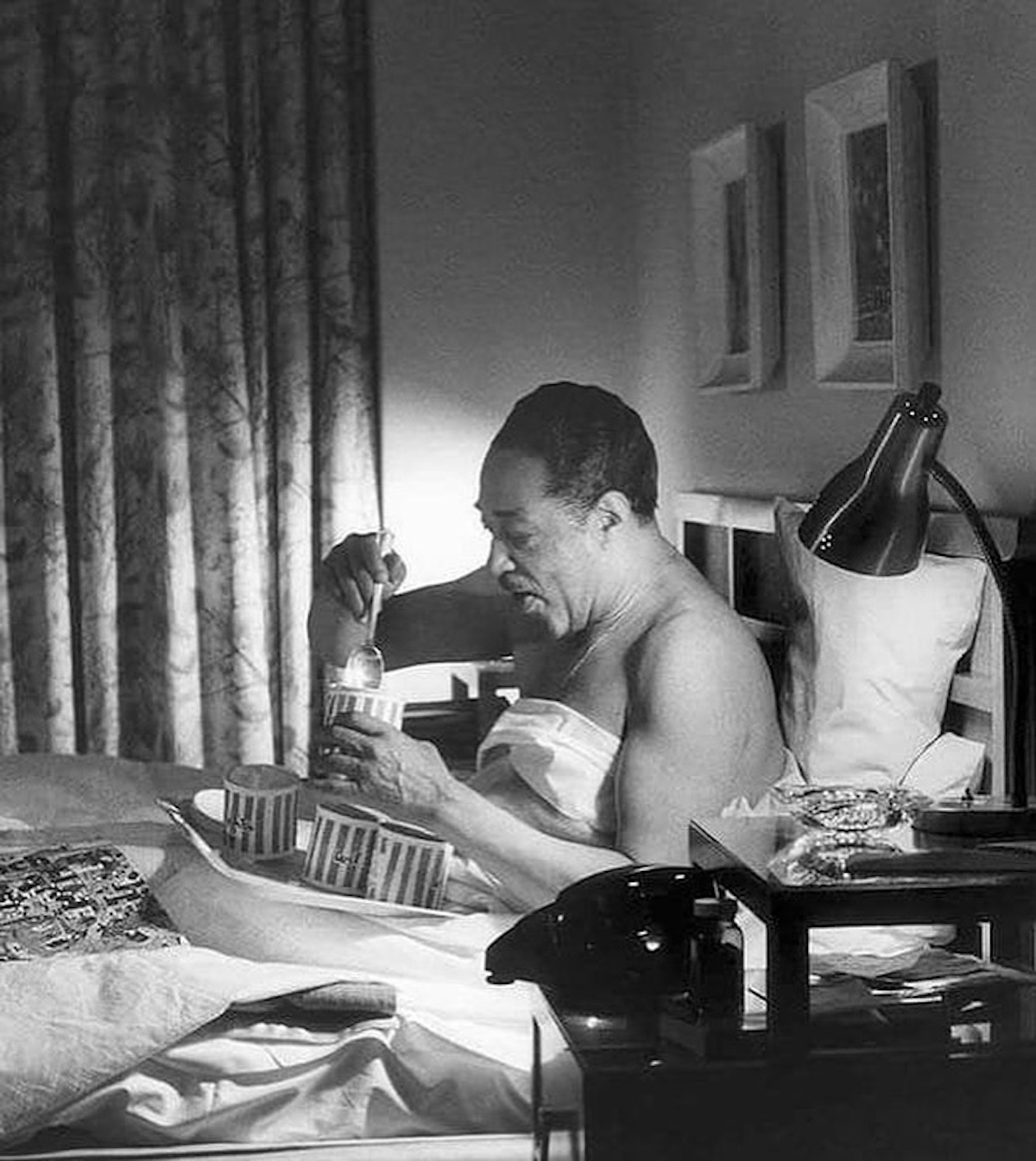
Duke Ellington (born Edward Kennedy Ellington; April 29, 1899 – May 24, 1974) had a voracious appetite for sex and food. The elegant American jazz pianist, composer, master of instrumental colour and leader of his eponymous jazz orchestra wrote thousands of songs and performed all over the world, not least in his role as US Jazz Ambassador during the Cold War. In Duke: A Life of Duke Ellington, drama critic Terry Teachout sets out “to understand him [Ellington] in a deep way, a true way.” The writer says that “it doesn’t diminish him as an artist to acknowledge the flaws in his character or the fact that he was able to depend on others. You tell the truth about great men as a tribute to them. It doesn’t make them less great because they have flaws.”
Teachout recognises that it’s hard to know a man who wasn’t forthcoming about his private life.
He was a complex keeper of secrets about his love life in particular. Ellington grew up as part of the Black middle class — Black bourgeois. It was central to his image that he presented himself as a man of great polish — great savoir faire — a man who knew what fork to use. But he was also a man who was catnip to women, who rarely said no to them”
Duke Ellington’s Diet
Ellington loved to eat. On American and European tours he ate the likes of chow mein with pigeon’s blood at Johnny Cann’s Cathay House in San Francisco , 84 kinds of hors d’oeuvres at The Café Royal in the Hague and mutton at Monseigneur’s in London.
“In New York I send over to the Turf Restaurant at Forty-ninth and Broadway a couple of times a week to get their broiled lamb chops. I guess I’m a little freakish with lamb chops. I prefer to eat them in the dressing room, where I have plenty of room and can really let myself go.”
![[Duke Ellington and band members playing baseball in front of their segregated motel (Astor Motel) while touring in Florida] by Brooks, Charlotte 1955](https://flashbak.com/wp-content/uploads/2025/06/Duke-Ellington-and-band-members-playing-baseball-in-front-of-their-segregated-motel-22Astor-Motel22-while-touring-in-Florida-by-Brooks-Charlotte-1955.jpg)
Duke Ellington and band members playing baseball in front of their segregated motel (Astor Motel) while touring in Florida by Charlotte Brooks, 1955
“Beautifully spoken, beautifully dressed. He’s presenting himself as the kind of black man that maybe in 1929 if you’re a white person you didn’t know existed,” Teachout noted in an interview with Susan Lewis for WRTI. “Your attitudes are shaped by racial prejudice. This man – look, his name is Duke… he’s a genius, and he’s an elegant genius. The people of his own race understood that – they saw him as a great giant, as a great spokesman – a man who heightened racial pride. We remember Ellington because he’s a great composer, but we can never forget how central he is to American culture and Black culture through the 20th century.”

LOOK – Duke Ellington in 1957 Feb. 18
A man with big appetites, then:
Beneath it all he wore a corset, a useful tool for a performer whose appetite for food was as gargantuan as his appetite for sex. One of Ellington’s nicknames was “Dumpy,” and Tricky Sam Nanton paid awestruck tribute to his capacity: “He’s a genius, all right, but Jesus, how he eats!” Some of his best-remembered quirks had to do with food, such as his practice of wrapping up a leftover chop in a handkerchief or napkin, then tucking it in one of his pockets after a meal. It was a habit he had acquired in his early days, when food, like money, was harder to come by. “After a while, you eat in self-defense,” he told Whitney Balliett. “You get so you hoard little pieces of food against the time when there isn’t going to be any.”
In Richard O.Boyer’s excellent three-part profile of Ellington for The New Yorker in 1944, we get more on that chop:
Not long ago this habit astonished an Icelandic music student who happened to be on a train that Duke had barely caught. The Icelander, after asking for Ellington’s autograph, had said, “Mr. Ellington, aren’t there marked similarities between you and Bach?” Duke moved his right hand to the handkerchief frothing out of his jacket. “Well, Bach and myself,” he said, unwrapping the handkerchief and revealing the chop, “Bach and myself both”—he took a bite from the chop—“write with individual performers in mind.”
LOOK – Ellington on 1957 Feb. 18
Ellington is on a train. It’s late.
Perhaps Duke will still be awake at three in the morning, when his train stops for fifteen minutes at a junction. If there is an all-night lunchroom, he will get off the train, straddle a stool, his Burberry topcoat sagging like a surplice, a pearl-gray fedora on the back of his head, and direct the waitress in the creation of an Ellington dessert. The composition of an Ellington dessert depends upon the materials available. If, as is often the case, there is a stale mess of sliced oranges and grapefruit floating in juice at the bottom of a pan, he will accept it as a base. To this he will have the girl add some applesauce, a whole package of Fig Newtons, a dab of ice cream, and a cup of custard.
And then breakfast…
“Duke may announce that he intends to eat nothing but Shredded Wheat and black tea. When his orders arrives he looks at it glumly, then bows his head and says grace. After he has finished his snack his expression of virtuous determination slowly dissolves into wistfulness as he watches [Billy] Strayhorn eat a steak. Duke’s resolution about not overeating frequently collapses at this point. When it does he orders a steak and after finishing it he engages in another moral struggle for about five minutes. Then he really begins to eat. He has another steak, smothered in onions, a double portion of fried potatoes, a salad, a bowl of sliced tomatoes, a giant lobster and melted butter, coffee, and an Ellington dessert – perhaps a combination of pie, cake, ice cream, custard, pastry, Jell-o, fruit and cheese.”
The train pulls into Maine:
At Old Orchard Beach, Maine, I got the reputation of eating more hot dogs than any man in America. A Mrs Wagner there makes a toasted bun that’s the best of its kind in America. She has a toasted bun, then a slice of onion, then a hamburger, then a tomato, then melted cheese, than another hamburger, then a slice of onion, more cheese, more tomato, and then the other side of the bun. Her hot dogs have two dogs to a bun. I ate 32 one night.
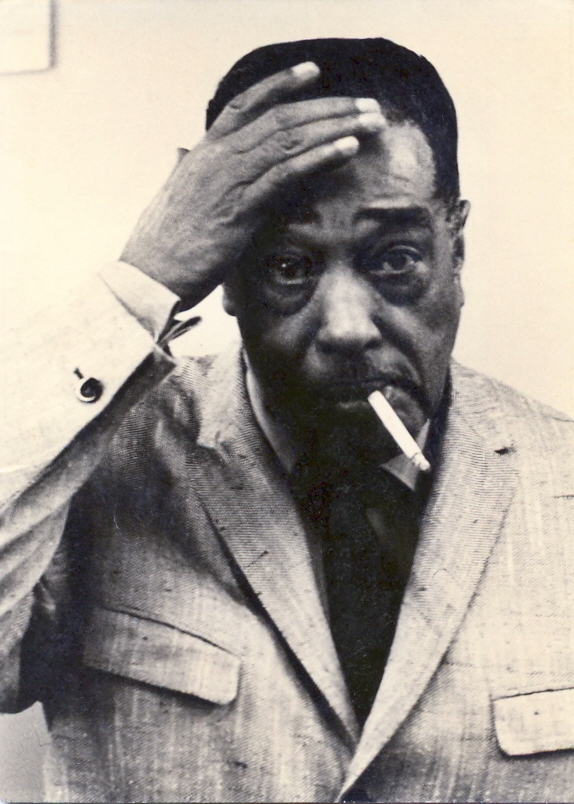
In his 1973 autobiography Music is My Mistress, from a chapter entitled The Taste Buds, Ellington writes about his special diet, losing thirty pounds while on it, and the resulting onstage antics:
In 1955 my doctor, Arthur Logan, told me I would have to take off twenty-two pounds. I tore up his suggested menu and made one of my own. Mine was simply steak (any amount), grapefruit, and black coffee with a slice of lemon first squeezed and then dropped into it. With the exception of a binge one day a week, I ate as much of this and as often as I please for three months.
When we returned to the New York area, my first date was with the symphony in New Haven. Dr. Logan came up to the concert, took one look at me, and said, “Get yourself a banana split quick!” I had lost thirty pounds.
As I was conducting the third movement of Night Creature that night, I suddenly realized my pants were falling down. There I was, directing those big sweeps at the end of the piece, and holding on to my pants to keep them from falling off. The violins first, and then the whole string section, saw what was happening and broke up. They found it hilarious. The reason I couldn’t pull the pants up was because I was standing on them. At the end of the number, I had to maneuver them back into position before turning to face the audience for my bow. The musicians in the symphony continued to laugh long after I had left the stage. But my doctor was happy with the overall results!
More jazz tales in the archives.
Would you like to support Flashbak?
Please consider making a donation to our site. We don't want to rely on ads to bring you the best of visual culture. You can also support us by signing up to our Mailing List. And you can also follow us on Facebook, Instagram and Twitter. For great art and culture delivered to your door, visit our shop.

![[Image from LOOK - Job 57-7111 titled Duke Ellington] Names Brooks, Charlotte, 1918-2014, photographer Created : Published 1957 Feb. 18 (date added to Look's library)](https://flashbak.com/wp-content/uploads/2025/06/Image-from-LOOK-Job-57-7111-titled-Duke-Ellington-Names-Brooks-Charlotte-1918-2014-photographer-Created-Published-1957-Feb.-18-date-added-to-Looks-library.jpg)
